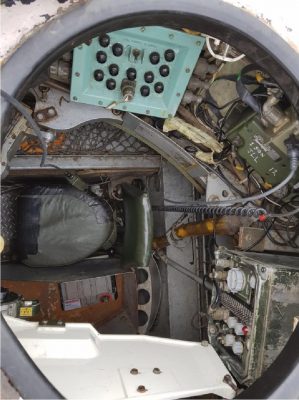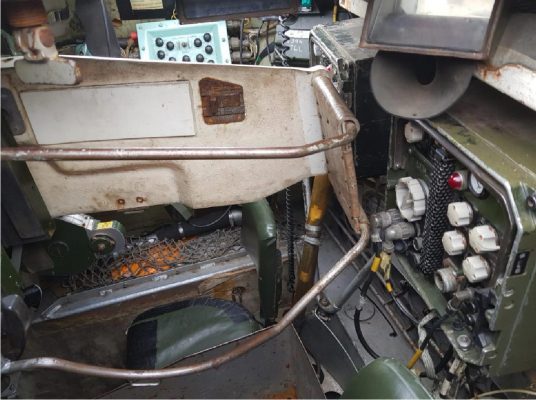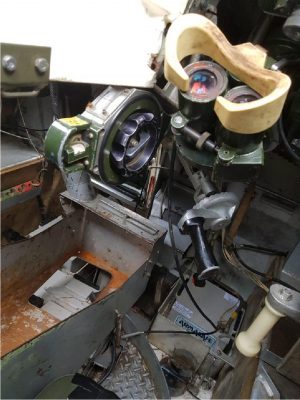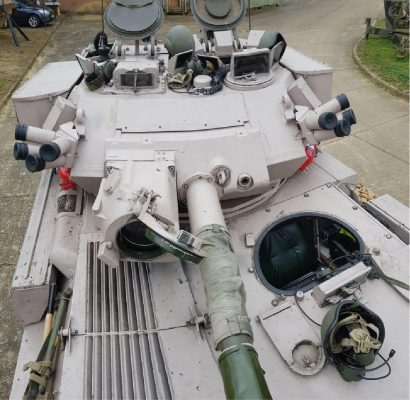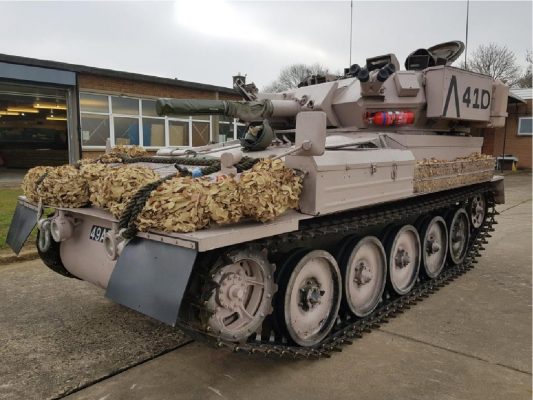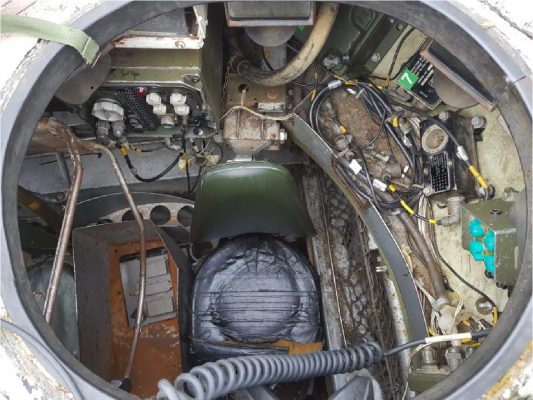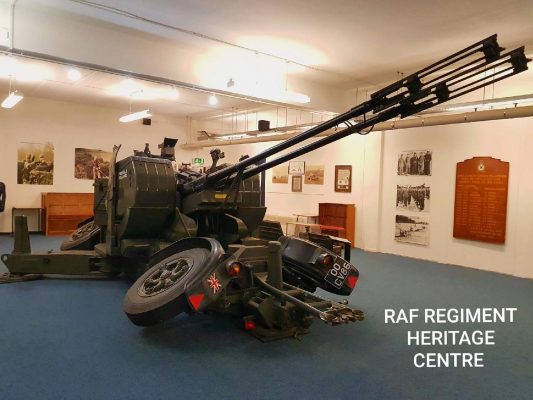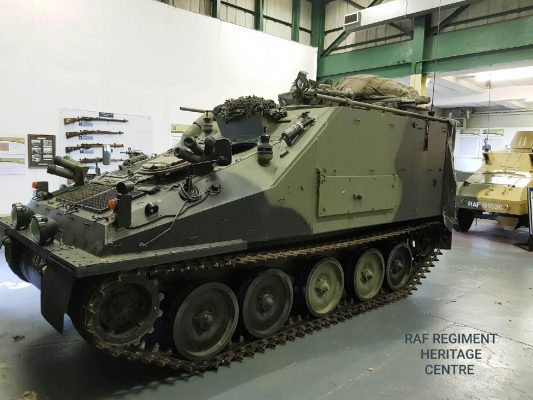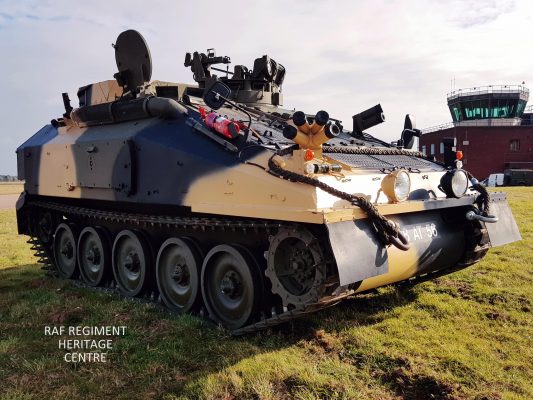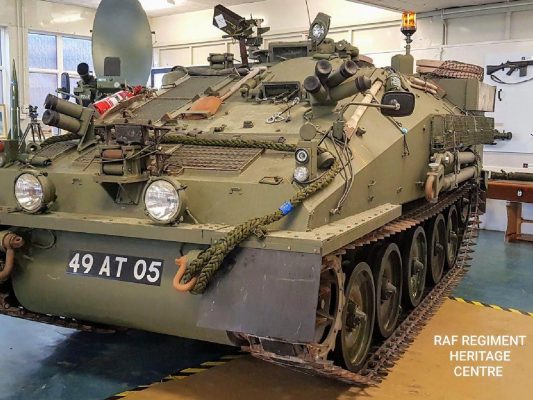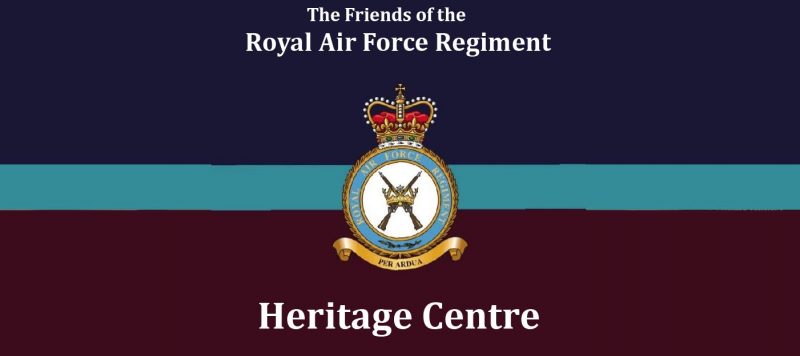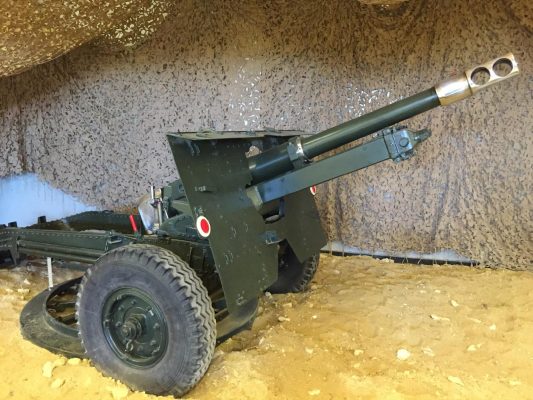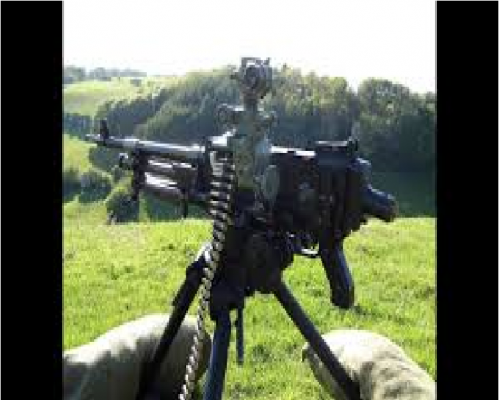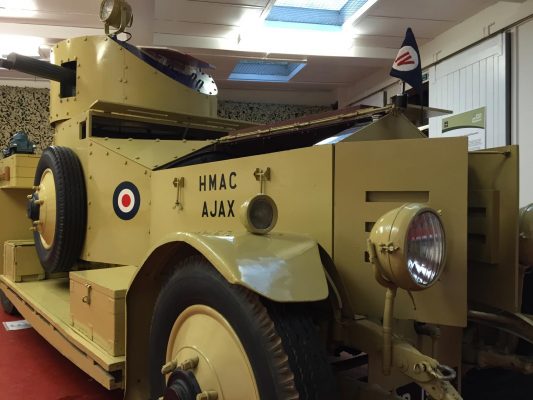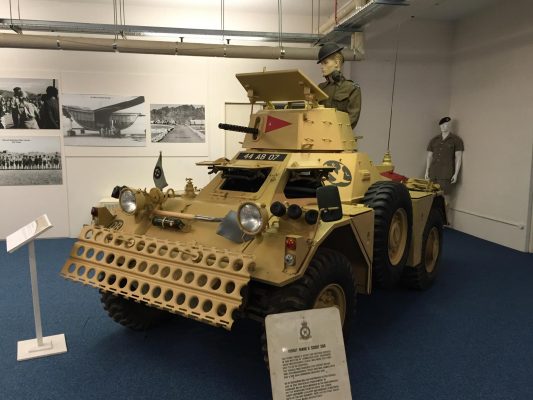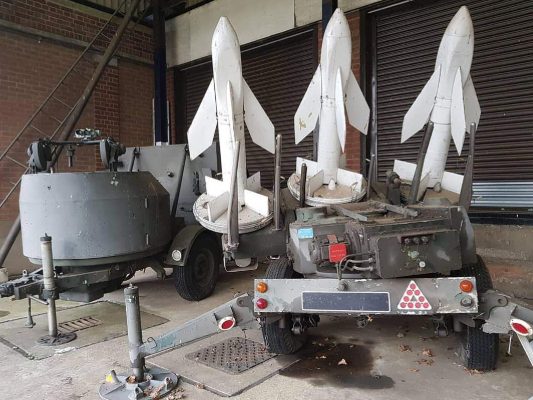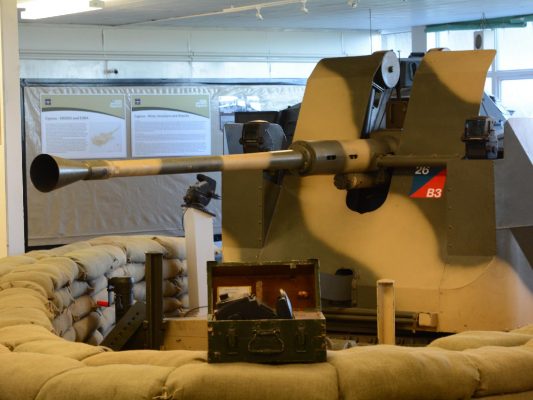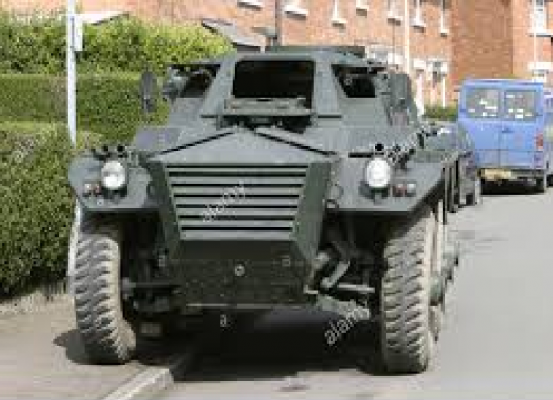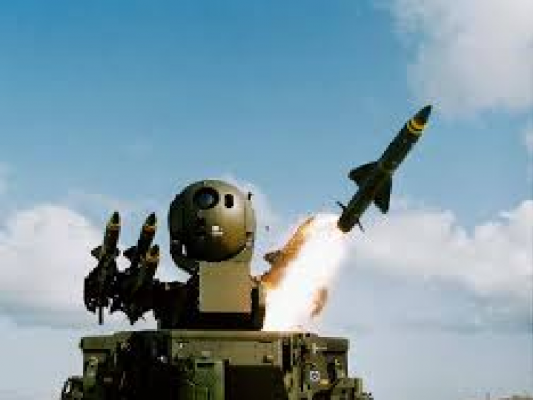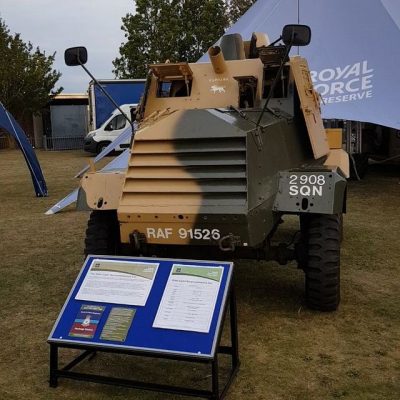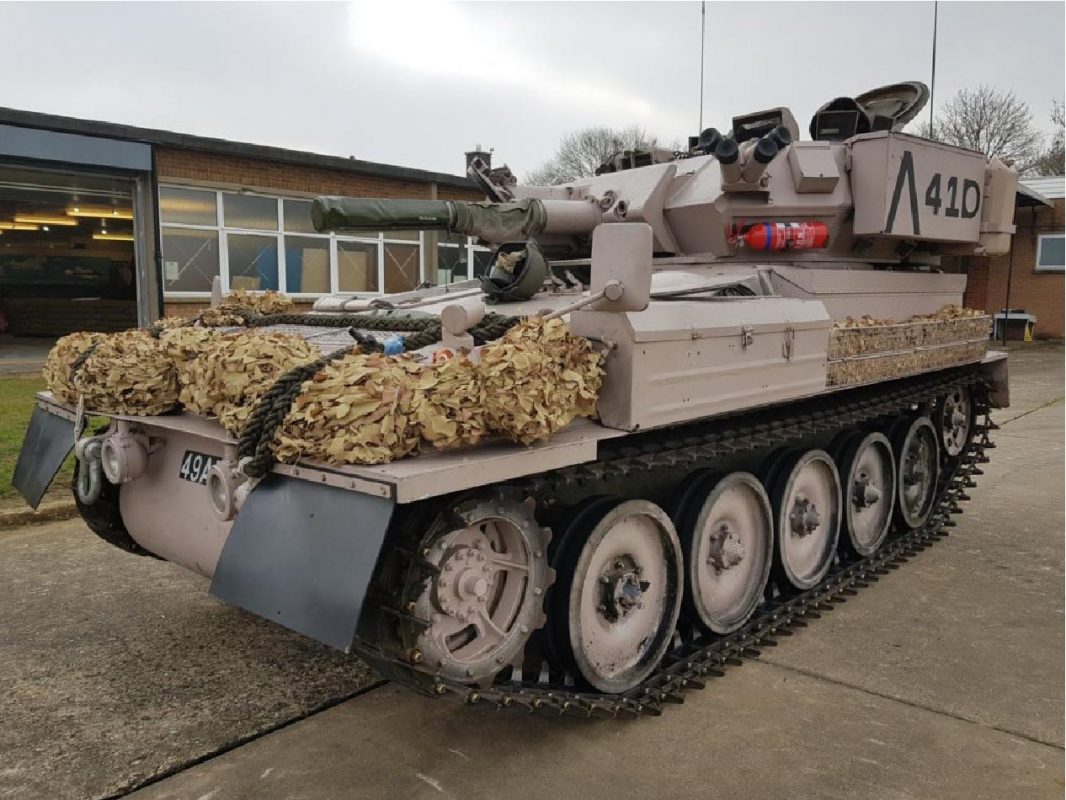
The FV101 Scorpion was the lead vehicle and the fire support type in the Combat Vehicle Reconnaissance (Tracked), CVR(T), family of seven armoured vehicles. Manufactured by Alvis, it was introduced into service with the British Army in 1973 and served until 1994.
The Alvis Scorpion was originally developed to meet a British Army requirement. In 1967 Alvis were awarded the contract to produce 30 CVR(T) prototypes. Vehicles P1–P17 being the Scorpion prototypes were delivered on time and within the budget.
After extensive hot and cold weather trials in Norway, Australia, Abu Dhabi and Canada, the Scorpion was accepted by the British Army in May 1970, with a contract for 275 which later rose to 313 vehicles. The first production vehicles were completed in 1972 and the first British regiment to be equipped with the Scorpion were the Blues and Royals of the Household Cavalry in 1973.
In November 1981, the RAF Regiment took delivery of its first of 184 Scorpions and other variants of CVR(T).
All the CVR(T) vehicles were to be air-portable and two Scorpions could be carried in a C-130 Hercules. Another requirement of the CVR(T) project was the low ground pressure – similar to that of a soldier on foot – and this would serve it well in boggy conditions.
The Scorpion was armed with the low velocity 76 mm L23A1 gun, which could fire high-explosive, squash head (HESH) rounds, smoke and canister rounds. Stowage was provided for 40 or 42 rounds. A 7.62mm coaxial machine gun (3,000 rounds carried) and two multi-barrelled smoke grenade dischargers were also fitted each side of the turret. Main armament elevation is 35 degrees and depression of 10 degrees with a full 360 degree traverse.
The original engine was the Jaguar J60 4.2-litre petrol engine, The maximum speed was about 50 miles per hour and it could accelerate from 0 to 30 miles per hour in 16 seconds. The maximum speed on water (with the flotation screen deployed) was 3.6 mph.

